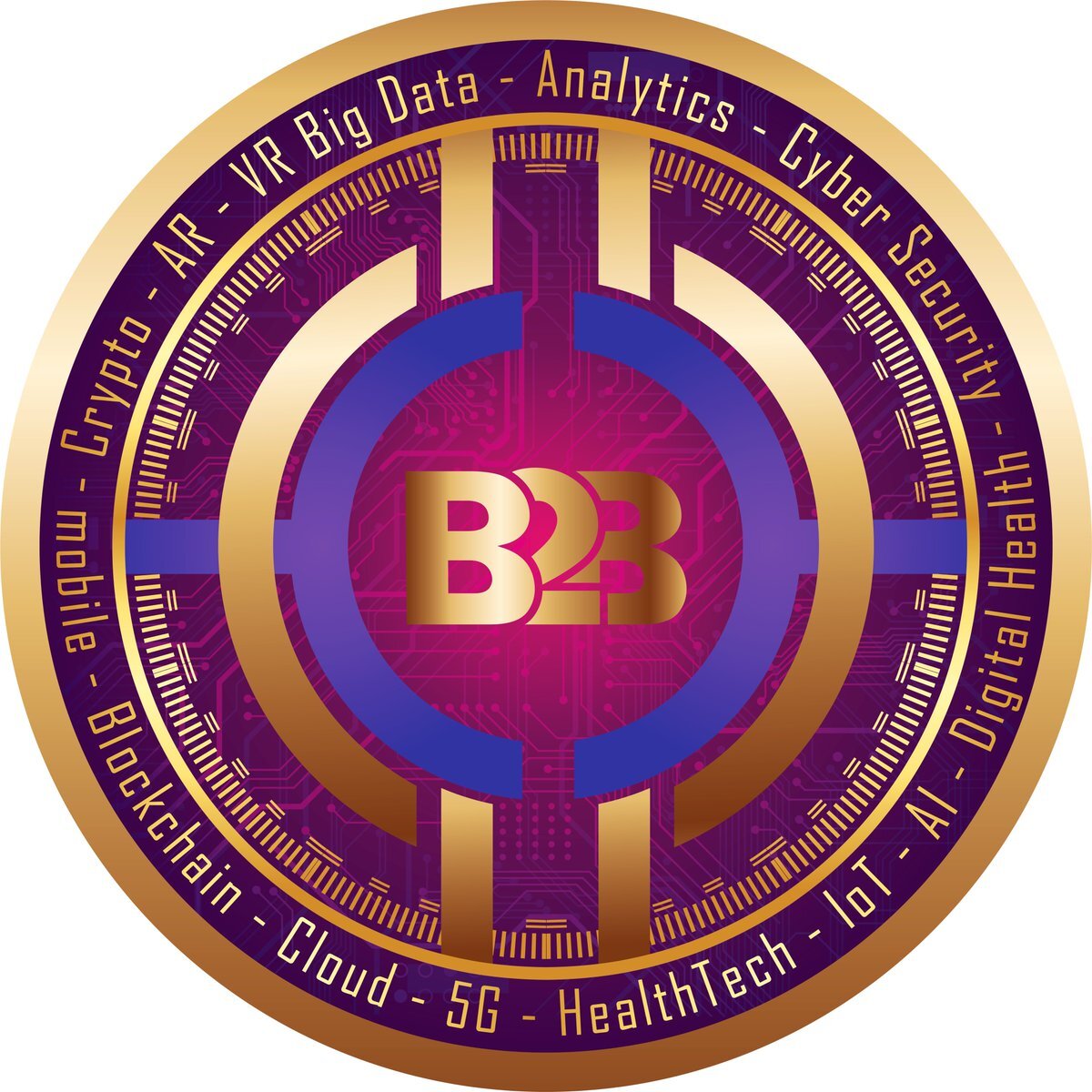The World of Wearable Healthcare Technology
Wearable technology used in healthcare includes electronic devices worn by consumers, such as smartwatches and smart rings, which collect users’ personal health and exercise data. The devices can actually send a user’s health information to a healthcare professional in real time.
The demand for wearables in healthcare is expected to increase significantly over the next several years as consumers increasingly exhibit interest in sharing of their wearable data with both insurers and providers.
The advances made in wearable technology along with increasing demand from consumers looking to be in control of their own health has influenced the medical industry, including providers, insurance companies, and technology companies, to develop wearable devices such as wearable monitors, smartwatches, and smart rings.
Wearable fitness trackers are some of the simplest and most original forms of wearable technology. They are essentially wristbands equipped with sensors for keeping track of users’ heart rate and physical activity. They provide wearers with health and fitness recommendations by syncing to a variety of smartphone apps.
One early, popular option for the consumers of wearable technology is the Fitbit Flex. Users were attracted to its sleek appearance along with its ability to track their step progress throughout the day with the device’s 5 indicator lights.
Smartwatches were previously only used for telling the time and counting steps, but have now transformed into clinically acceptable healthcare tools. The Apple Heart Study app was launched in 2017 by Apple to monitor the heart rhythms of users and alert those experiencing atrial fibrillation.
In 2021, Apple released its latest Watch model, the Series 7. This new model comes packed with a suite of features, which include upgraded heart health monitoring, a blood oxygen saturation monitor, a faster electrocardiogram (ECG) sensor (FDA-approved), native sleep-tracking capabilities, as well as fall detection that automatically calls 911 if it detects that the wearer isn’t moving.
Smartwatches not only help users to undertake tasks that they typically would on their phones such as making phone calls, sending simple messages, and reading notifications, but also offer some of the health- and exercise-tracking benefits that fitness trackers provide.
Wearable ECG Monitors
On the cutting edge of consumer electronics are wearable ECG monitors, and what sets them apart from some of the smartwatches is that they can measure electrocardiograms (ECGs). Business Insider reported that Withings won best wearable with their Move ECG product at the Consumer Electronics Show.
The Move ECG can measure an electrocardiogram and send the reading to the user’s physician. The device is also capable of detecting atrial fibrillation. It can also be used for tracking distance, pace, and elevation, along with automatic tracking for running, walking, biking, and swimming.
Wearable Blood Pressure Monitors
The HeartGuide was the world’s first wearable device for monitoring blood pressure launched by Omron Healthcare back in 2019. While the device might resemble a regular smartwatch, but HeartGuide is essentially a device for monitoring one’s blood pressure and daily activity, such as distance traveled, calories burned, and steps taken.
HeartGuide holds up to 100 readings in memory, and all of them can be transferred to a companion app, HeartAdvisor, for comparison, review, as well as treatment optimization. Users of HeartAdvisor can track, store, and even share their data with their doctors while also learning how their blood pressure is affected by personal habits.
Biosensors
Biosensors are the latest wearable medical devices that are dramatically different from smartwatches and wrist trackers. One such device, the Philips’ wearable biosensor, is a self-adhesive patch that collects patients’ data on their movement, heart rate, temperature, and respiratory rate as they move around.
Augusta University Medical Center conducted research studies that showed that the device registered a reduction of up to 89 percent in patient deterioration into preventable respiratory or cardiac arrest. This demonstrates the ability of wearables to improve patient outcomes and perhaps reduce staff workload.
The market for wearable technology in healthcare is exploding, and its maturation will allow more consumers and businesses in the United States to acquire wearable technology. Insider Intelligence research projects that the number of users of health and fitness apps is likely to remain above 84 million all through 2022.
The upward trajectory in the uptake of wearable fitness technology is likely to influence the decision of health providers, insurance companies, as well as companies to take advantage of the benefits that wearable health monitoring devices have to offer.
Insurance companies can lower the rising cost per patient by using wearables to increase customer life value. Behavior that reduces both hospital visits and readmissions caused by poorly managed personal health is incentivized by wearable technology. In fact, 75 percent of users agree that wearables have helped them engage with their own health.
Companies are also reaping benefits by offering their employees wearable healthcare technology. Insider Intelligence reports that healthier corporate culture can help reduce employee turnover. In fact, the average turnover for employers that offer 5 or more well-being ‘best practices’ was 18 percent, which is far lower than the 29 percent for employers that offer 2 or fewer.
The use of wearable technology by US consumers increased from 9- to 33- percent in just 4 years, and this number is expected to continue growing as wearable technology becomes increasingly mainstream. Furthermore, device connectivity is likely to expand with the development of more accurate wearable sensors, opening the door for employers and insurers to influence health lifestyles and increase productivity.
